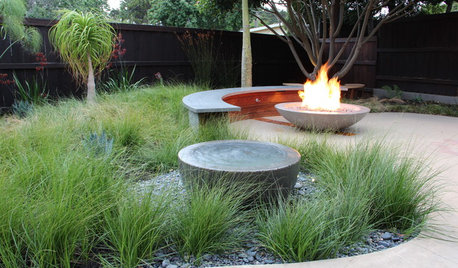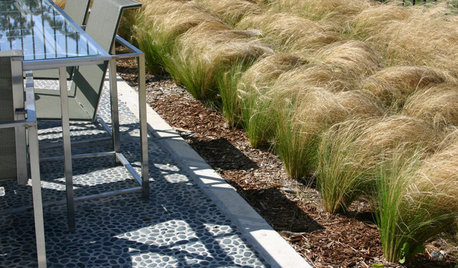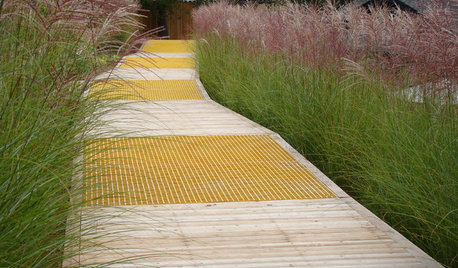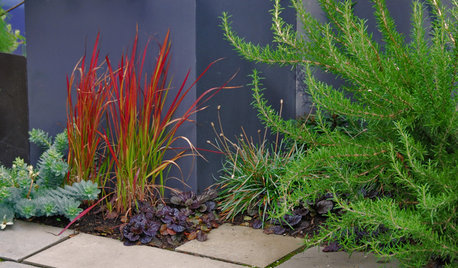what grass to use??
scotttyd
15 years ago
Related Stories

GARDENING GUIDESGreat Design Plant: Purple Needle Grass, California’s State Grass
The long-lived, drought-tolerant Stipa pulchra is as admired for its benefits as for its good looks
Full Story
LANDSCAPE DESIGNIs It Time to Consider Fake Grass?
With more realistic-looking options than ever, synthetic turf can be a boon. Find the benefits and an installation how-to here
Full Story
GRASSES10 Ways to Use Ornamental Grasses in the Landscape
These low-maintenance plants can add beauty, texture and privacy to any size garden
Full Story
LANDSCAPE DESIGNEnergize Your Landscape With Masses of Grasses
Create year-round interest with waves of attention-getting grasses for all kinds of yards
Full Story
GARDENING GUIDESSmall Gem Lawns: More Impact From Less Grass
Instead of letting the lawn sprawl, make it a shapely design element in your yard. You’ll reap benefits both practical and aesthetic
Full Story
GARDENING GUIDES5 Great Grasses for a New Lawn
Learn about maintenance, wear tolerance, ideal climate and more for these top turf choices to pick the right one for you
Full Story
GARDENING AND LANDSCAPINGOrnamental Grasses in the Landscape
Low-maintenance grasses add beauty and motion to the garden
Full Story
GARDENING AND LANDSCAPINGOld School Green Design: Add Texture With Grass
Ornamental grasses capture the breeze and ripple like water in the landscape
Full Story
RED FOLIAGEGreat Design Plant: Japanese Blood Grass
This dramatic, ruby-tinged grass bridges the gap between red and green, short and tall plants
Full Story
CENTRAL PLAINS NATIVE PLANTS10 Top Grasses for the Central Plains
Low-maintenance grasses provide seasonal interest and wildlife habitat, and aid good design
Full Story





texas_weed
scotttydOriginal Author
Related Discussions
Growing grass in red clay soil
Q
what grass to use
Q
Overseeding burmuda grass
Q
What grass to use in this high traffic area in MN? or use pavers?
Q
auteck
scotttydOriginal Author
auteck
auteck
texas_weed
scotttydOriginal Author
scotttydOriginal Author
mmqb
auteck
auteck
auteck
bpgreen
auteck
bpgreen
auteck
bpgreen
texas_weed
auteck
garycinchicago
auteck
bpgreen
texas_weed
auteck
bpgreen
iforgotitsonevermind
texas_weed
auteck
texas_weed
auteck
texas_weed
trplay
texas_weed
trplay
texas_weed
trplay
iforgotitsonevermind